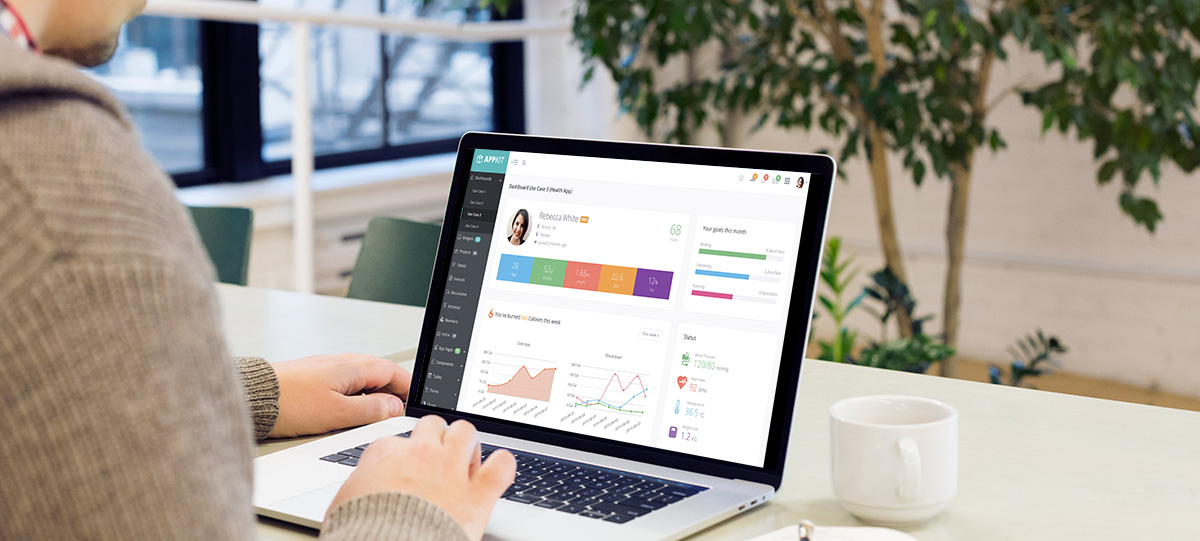
Have you ever thought about creating your own mobile app for your business? Before diving in, it’s important to process and test your ideas to make sure they give you the results you want. Prototyping offers a way to gain insight into the functionality of your initial app design, and allows you to make the changes you need to make it successful.
Mobile app prototyping can take your startup to the next level — but only if you’re doing it right. The reality is, it’s unlikely that every designer or developer is using prototypes to their fullest potential. Some designers might see prototypes as a waste of time — or as something that’s only useful in the very earliest phase of sketching out an idea. Likewise, other stakeholders might overthink the prototyping process and drag the rest of your team down. Here are the five most common prototyping mistakes
The idea of a mobile application may be born under different conditions. It may be a spontaneous insight that appears during working routine, an epiphany triggered by a random image or action, or a planned result of a brainstorm. That is why the first step before making a mobile app prototype is defining the concept of your future software. Our age may be digital, but nothing grasps the fleeting idea better than quick strokes of ink or graphite on paper. A scribbled list of features or doodles of the future app interface would be recreated and refined in the digital format on the later stages. After you have captured the idea, you have a draft of your potential mobile app. Now, it’s time to start checking how good your concept really is. Hence, the next step is using the mobile market analysis to find out the current demand for your proposed software, the presence of competitive solutions, their advantages and flaws, and so on. It is vital for further development steps to prove that users will use your mobile application, so you will return your investments and make profits. This step reveals whether the idea is bad from the start, or cannot compete with its market rivals, or the current technologies and staff availability cannot ensure the success of the application. Alternatively, the idea may be good, but the time to enter the market may be wrong, so the app should wait. Another important step is creating relevant types of personas for subsequent testing. Personas represent the potential users of the future app with predicted behavior, preferences, and values.
When your idea is proven to be financially promising and technologically feasible, it’s a green light to create a prototype for a mobile app based on the data gathered in the previous steps. The data includes technical specifications, a list of required features, any sketches or other drafts of the desired UI and the structure of the app. The first step is wireframing the structure of your future app with the help of classic pen-and-paper sketching or directly using specialized digital tools. A wireframe is a barebone structure of the app with all the links and predicted user routes but without design elements. The next step, building a static prototype, can be based on the results of the wireframing step or may be performed in parallel with it. The aim of this step is to set and show the transitions among app pages. A/B testing the prototype involves sharing it with the group of experts or volunteering enthusiasts. Testers employ different personas that represent major audiences of mobile software users. This extensive step is essential for developing interactive prototypes of mobile software products. User testing helps designers to obtain usability-related data that answers such questions as: is the interface layout convenient to navigate? are the texts on UI elements easy to understand? can users perform intended actions effectively using the UI? are there any elements that disrupt the app functionality? The results of usability tests are employed in the next stage in order to amend detected flaws. In its turn, the testing stage may be repeated until no more drawbacks are found in the UI. Improving or remaking the prototype using the testers’ feedback is another crucial phase of prototyping. This stage is vital for ensuring intuitive and convenient operation and making the future mobile application more attractive to its target audience. After this step, the prototype returns to the testing stage, and the cycle continues until the satisfactory result is obtained. Presenting the final version of the prototype may depend on the selected approach. The result of throwaway prototyping is discarded, while the outcome of evolutionary prototyping moves to the development stage where it is further upgraded.
Prototyping Is a Strategic Activity. Prototypes aren’t just a way to visualize your app — they’re a key component of your design and development process. The right tools combined with the right approach can lead to faster development, better apps, and higher profits
